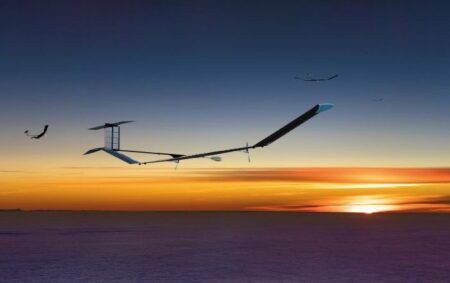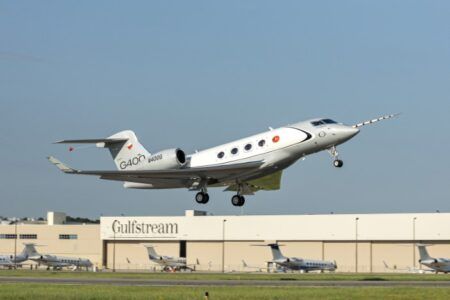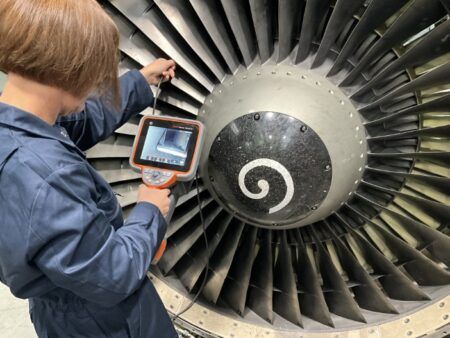In a new series, Aerospace Testing International talks to the individuals involved in the most interesting and innovative testing and research programs currently running. We start with Christoph Schlettig and the Solar Impulse 2, which recently completed the first-ever oceanic crossing by a solar aircraft, from Japan to Hawaii, before being grounded by battery failure.
How did you first get into aerospace, and more specifically, testing?
My interest in aerospace was sparked as a boy. Initially I was into radio-controlled model airplanes, which I modified all the time. My ‘experimental hangar’ held canards, blended wings, negative swept wings and quadruple wing models. Most of them impressed with their ridiculous design rather than their flying qualities. After my graduation from university, I was offered a position as flight test engineer on a business jet project with Grob Aerospace in Germany. I was privileged to work with some very experienced flight test engineers and test pilots who taught me the basics, and within a short time I was the FTE in charge for aircraft performance and auto flight.
What battery technology does Si2 use, and what went wrong?
Si2 uses four identical, custom-built lithium polymer batteries. Each battery contains 70 individual cells supplied by KOKAM; the housing and battery box has been developed by Solar Impulse. We care a lot about the batteries and keeping them at peak performance. During flights, we monitor hundreds of battery cell parameters in real time and have strict pilot procedures should we reach any of the limits. However, during the first ascent on Day 1 of the flight from Nagoya to Hawaii, we had to fly an unusual altitude profile, which resulted in increased battery temperature. While the flight profile for the subsequent days was modified as much as possible, there was no way to decrease the temperature for the remaining days. The damage to the batteries is not a technical failure or a weakness in the technology, but rather an evaluation error in terms of the profile of the mission and the cooling design specifications of the batteries. The temperature of the batteries during non-standard ascent/descent in tropical climates was not properly anticipated.
What were some of the key technology upgrades you made between Si1 and Si2?
Our first aircraft, Si1, was designed as a highly experimental proof of concept intended to be operated over land and up to a flight time of 24 hours maximum. The main upgrades for Si2 include a special autopilot, which allows the pilot to sleep during flights of up to 120 hours. The cockpit does includes a lie-down seat with an enclosed toilet, storage space for food, water and personal belongings, as well as pilot rescue equipment like parachute, life raft, locator beacon and a dry suit. During the design of Si2, a complete system safety analysis was performed. Compared with Si1, the Si2 system design is much more robust and failure tolerant, enabling the pilot to successfully complete flights of up to five days, even with multiple failures.
What role do you feel solar-powered aircraft could play in the future?
Everybody agrees that Formula 1 race cars are unsuitable for weekend shopping. Still, technologies like carbon-ceramic brakes or dual-clutch transmissions have found an application in normal cars. Given the current capability of batteries and the solar constant being about 1,300W/m2 at best, it is clear that solar-powered aircraft are very restricted. However, improvements in battery and electric propulsion technology are enormous. I am convinced that we will soon see very interesting developments, most likely in the area of unmanned solar-powered high-altitude platforms. In a sense, solar aviation should be understood like Formula 1. Lightweight structures and energy savings are major topics everywhere. Solar-powered aircraft will have found their place, once their concepts and ideas find their way in other branches of aviation.
Which part of the Si2 testing program has proved the most challenging?
During the first flights of Si2, we encountered a vibration phenomenon originating from the propellers in non-perpendicular airflow (AoA and/or AoS). Our engineers immediately started to work on a technical solution, but the modification would not be available for a few weeks. Because Si2 required near-perfect meteo conditions for test flights, we knew that we would only have three or four suitable weather windows per month. With time limited, it was not easy to develop an alternative test program within a confined aircraft envelope that still allowed overall project progress. So the most interesting challenge was the flight test management, not a particular technical problem.
What next for si2?
The University of Hawaii is currently hosting the aircraft in its hangar at Kalaeloa Airport, while we repair the batteries. Post maintenance check, flights will start in 2016 to test the new battery heating and cooling systems.
Christoph Schlettig, Flight director/flight test engineer, Solar Impulse, Switzerland




